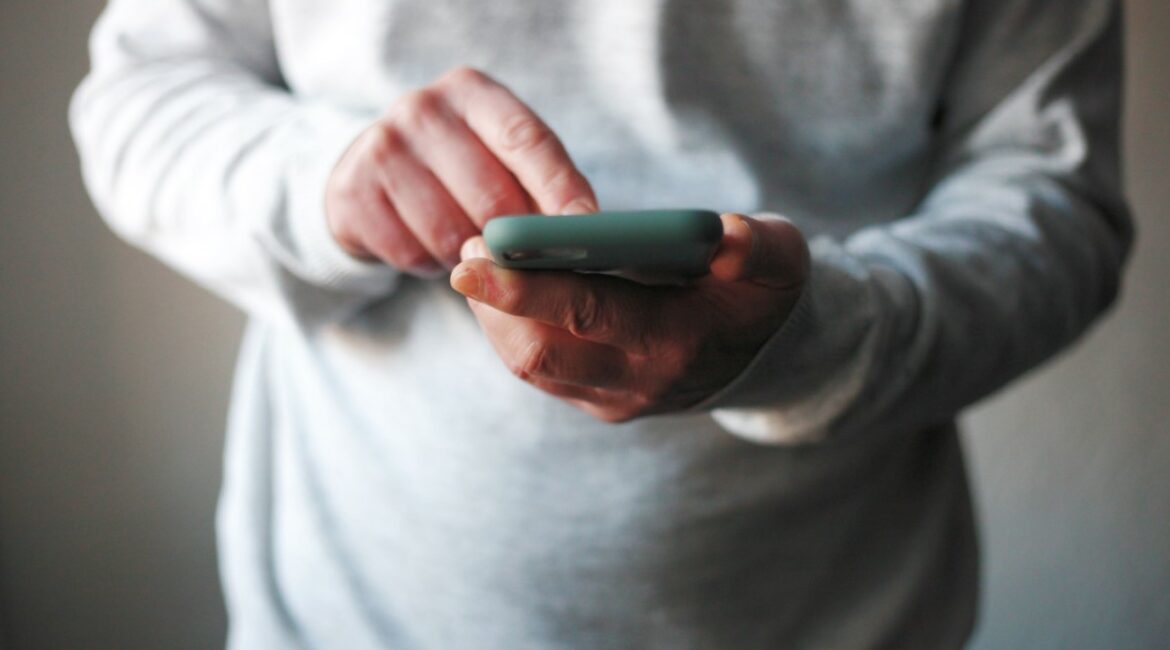FAQ : Why Is My Laptop Overheating and How Can I Fix It?
Why does my laptop overheat?
Laptops can overheat due to several reasons, such as dust accumulation inside the laptop, running resource-intensive applications, or a malfunctioning cooling system. Over time, dust can block the internal fans and vents, preventing proper airflow and causing the laptop to overheat.
How can I prevent my laptop from overheating?
To prevent laptop overheating, ensure proper ventilation by using your laptop on a hard, flat surface. Keep the vents clear of obstructions, and avoid using it on soft surfaces like beds or couches. Additionally, clean the laptop’s internals periodically to remove dust and debris.
Can software contribute to laptop overheating?
Yes, certain software can cause your laptop to overheat. Resource-intensive applications like video editors and games can strain the CPU and GPU, leading to increased heat production. Closing unused applications and monitoring task manager can help manage software-related overheating.
Is it safe to use cooling pads?
Yes, cooling pads can be a helpful accessory to prevent laptop overheating. They usually have built-in fans that help improve airflow around the laptop, reducing the temperature. Ensure you choose a cooling pad that fits your laptop’s size.
What should I do if my laptop continues to overheat despite cleaning and precautions?
If your laptop consistently overheats, despite cleaning and proper usage, it might be experiencing hardware issues. It’s advisable to seek professional assistance to diagnose and repair any malfunctioning components, such as the cooling system or thermal paste.
Can updating drivers help with laptop overheating?
Yes, outdated or incompatible drivers can sometimes lead to overheating. Make sure to regularly update your laptop’s drivers, especially those related to the graphics card and chipset. Manufacturers often release driver updates to optimize performance and fix bugs.
Is it safe to use third-party cooling software?
Using third-party cooling software can help monitor and control your laptop’s temperature. However, be cautious when downloading such software from reputable sources to avoid malware. Also, use these tools conservatively and follow recommended settings.
Should I consider a laptop cooling stand?
Laptop cooling stands can be beneficial, especially for gamers or users who run resource-intensive tasks. These stands often have additional fans and ergonomic features to improve cooling and user comfort during extended usage.
Can a damaged battery cause laptop overheating?
Yes, a damaged or swollen battery can contribute to laptop overheating. If you suspect a battery issue, it’s crucial to replace it promptly to avoid potential safety hazards and overheating problems.
Is it necessary to clean the laptop’s internal components regularly?
Yes, regular internal cleaning is essential to prevent overheating. Dust and debris can accumulate inside the laptop, blocking airflow and causing components to heat up. Cleaning it every 6-12 months, or as needed, can help maintain optimal performance and temperature control.
Optimizing Your Laptop’s Power Settings:
When it comes to laptop overheating, adjusting your power settings can make a significant difference. Windows and macOS offer power plans or profiles that can be customized to balance performance and energy efficiency. By selecting a power plan that limits the CPU’s maximum usage, you can effectively reduce heat generation. Additionally, configuring your laptop to go into sleep or hibernate mode during inactivity can give it a chance to cool down.
Monitoring Laptop Temperature with Software:
Keeping an eye on your laptop’s temperature is crucial in preventing overheating. Several free and paid software tools are available that allow you to monitor your laptop’s temperature in real-time. These tools can provide insights into which applications or processes are causing the most heat. By identifying culprits, you can take action, such as closing resource-intensive applications or managing background processes.
Importance of Proper Laptop Placement:
The physical placement of your laptop can significantly impact its temperature. Avoid placing it in direct sunlight or near heat sources like radiators or vents. Additionally, ensure that the laptop’s exhaust vents are not obstructed, as this can impede airflow and lead to overheating. Propping up the rear of your laptop with a small support can also aid in heat dissipation.
Using External Cooling Fans:
In addition to cooling pads, external cooling fans or laptop coolers are available. These devices often come with multiple fans and can be placed beneath your laptop to enhance cooling. Some models even allow you to adjust fan speed to meet your specific cooling needs. They’re particularly useful for gamers and those who frequently run demanding applications.
Replacing Thermal Paste:
Over time, the thermal paste between your laptop’s CPU and heatsink can degrade, reducing its ability to transfer heat efficiently. If you’re experiencing chronic overheating issues, replacing the thermal paste can be a DIY solution. However, it’s recommended for experienced users or done by a professional. Properly applied thermal paste ensures optimal heat dissipation, helping to maintain lower temperatures.
- A Chat with Nate and Mika, Christian Wedding Photographers - July 18, 2024
- Ultimate Guide To Playing Online Casinos - May 27, 2024
- Addiction Recovery Books Worth Reading - January 24, 2024









